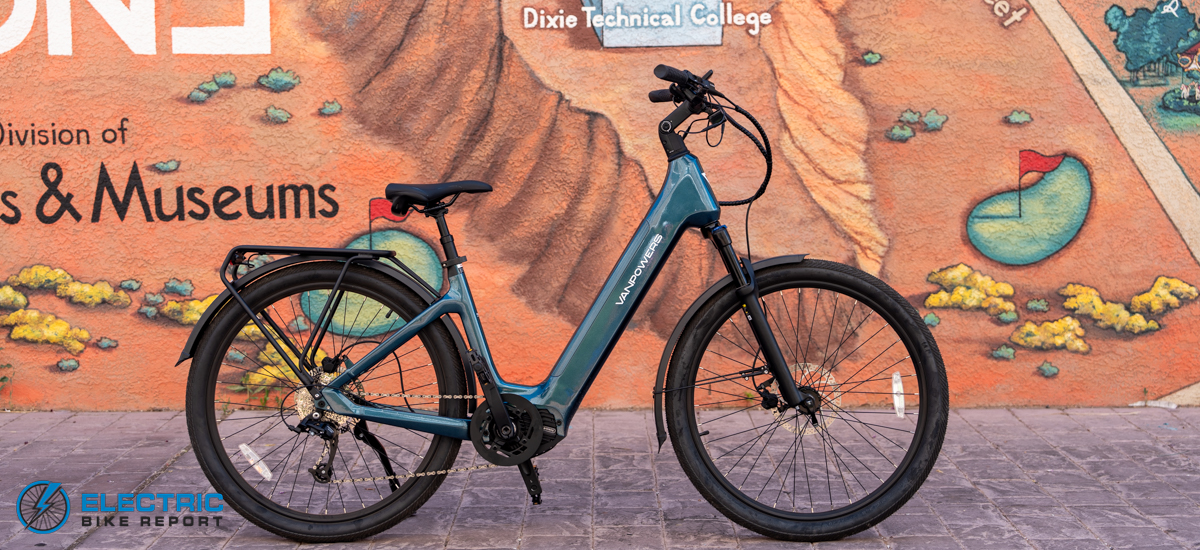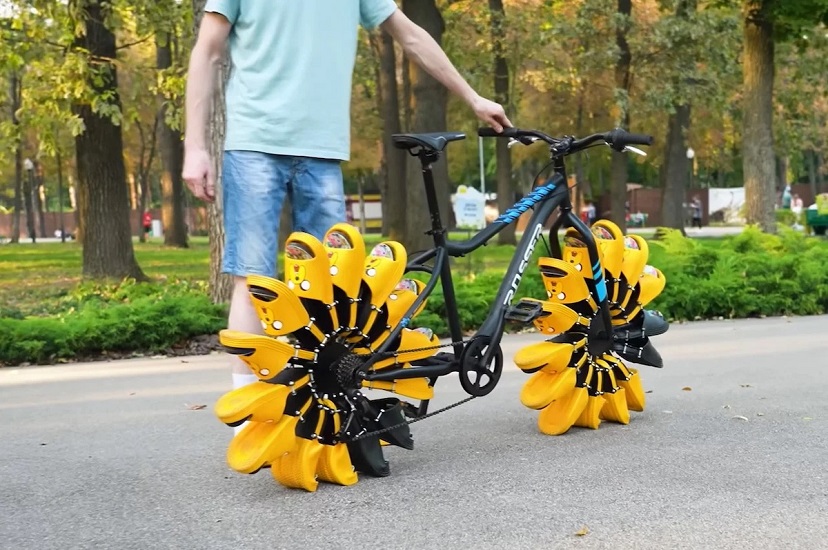

The Mokwheel Asphalt ST is outfitted with hydraulic disc brakes on 180mm rotors; these are made by Star Union, which is a brand we had limited experience with prior to receiving our test bike. We performed a Brake Test to evaluate these brakes through the process explained above to insure that the system is safe and effective.
The Asphalt’s result of 23”-9” is notably longer than our average (currently 21’-2”) among similar commuter- and cruiser-style e-bikes we’ve tested, but still within our expected range. This result did not come as a surprise; I informally tested the brakes prior to seeing our brake test results and felt what seemed like slower-than-usual deceleration. However, I’m not sure that the average rider would detect much difference for two reasons. First, like the other members of the EBR team, I have the benefit of riding a new bike every couple of days, so realistically, experience is a factor. And second, while a difference of over two and a half feet may seem less-than-ideal on paper, in truth it’s a short distance when riding a bike at 20 miles per hour as we do in this test.
Overall, the Asphalt ST felt solid and stable when braking thanks to the foundation provided by its 2.4” diameter tires. In my experience, the rear wheel locked up regularly and the resulting squeal from the tires was LOUD, but aside from one instance of slight and manageable fishtailing, the bike was easy to control. With these things considered, I’m very comfortable with deeming the Asphalt’s braking system safe.
I appreciated the brightness of the bike’s dual-LED headlight, and both the visual quality and placement of the tail/brake lights on the rear seat stays fit the bike well. I found the brake lights to be plenty large and bright enough, however, on a commuter e-bike that is likely going to be traveling regularly around automobiles, I’d personally like to see turn signals included in some capacity in the future.
The Asphalt had one additional and uncommon safety feature that I appreciated; the “Safe setting that governs the bike’s throttle, which can be accessed and changed within the bike’s settings menu. In “Free Mode,” the throttle behaves as throttle-on-demand (or TOD), which allows you to activate it from a dead stop. In “Safe Mode,” the throttle acts as throttle-after-pedal (or TAP), which requires the bike to be moving before it will activate. While I personally find TOD to be more helpful and fun for my style of riding, I can appreciate that some riders may want the additional safety and security granted by TAP that ensures the bike will not run away if the throttle lever is accidentally bumped.






